Antelope Africa Animals In Wilderness
Amazing Africa Animals In Wilderness , Antelope, any of numerous Old World grazing and browsing hoofed mammals belonging to the family Bovidae (order Artiodactyla). Antelopes account for over two-thirds of the approximately 135 species of hollow-horned ruminants (cud chewers) in the family Bovidae, which also includes cattle, sheep, and goats. One antelope, the Indian blackbuck, bears the Latin name Antilope cervicapra; nevertheless, antelope is not a taxonomic name but a catchall term for an astonishing variety of ruminating ungulates ranging in size from the diminutive royal antelope (2 kg [4 pounds]) to the giant eland (800 kg [1,800 pounds]). (The North American pronghorn antelope looks and acts much like a gazelle but belongs in a separate family, the Antilocapridae.) Africa, with some 71 species, is the continent of antelopes. Only 14 species inhabit the entire continent of Asia, and all but three of them are members of the gazelle tribe (Antilopini).
As in all of Bovidae, all male antelopes have horns, which range from the short spikes of duikers to the corkscrew horns (more than 160 cm [63 inches] long) of the greater kudu. Two-thirds of female antelopes bear horns; they are invariably thinner and usually shorter than those of the male. In gregarious species in which both sexes regularly associate in mixed herds, the horns are similarly shaped, and in female oryxes and elands they are often longer.
Antelopes have adapted to many different ecological niches and so vary in their size, shape, locomotion, diet, social organization, and antipredator strategy. Despite the diversity of adaptations, one important generalization can be made: there is a marked difference between antelopes of closed habitats and those of open habitats. The former (e.g., duikers, reedbucks, and bushbucks) are mostly small to medium-sized animals adapted for movement through undergrowth, with overdeveloped hindquarters, a rounded back, and short legs. This conformation is adapted to quick starts and a bounding, dodging run, which is how cover-dependent antelopes whose first line of defense is concealment try to escape predators that chance to find them. Their coloration is camouflaging. They are solitary, living alone or in mated pairs on home ranges defended as territories, and they are browsers of foliage rather than grazers of grass. By contrast, antelopes of open habitats are mostly medium to large grass eaters. They are built for speed, having level backs with long, equally developed limbs (or with higher shoulders, as in the hartebeest tribe). Their coloration is revealing. They have a gregarious social organization and a mating system based on male territoriality (except in the kudu tribe).
-
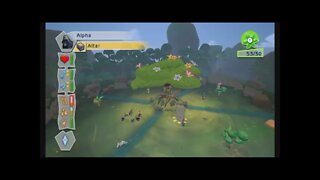 15:28
15:28
FamilyFriendlyGaming
2 years agoSim Animals Africa Episode 9
4 -
 15:35
15:35
FamilyFriendlyGaming
2 years agoSim Animals Africa Episode 8
7 -
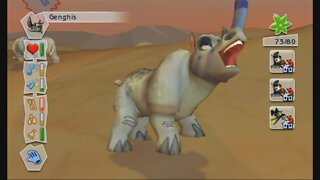 18:15
18:15
FamilyFriendlyGaming
2 years agoSim Animals Africa Episode 7
5 -
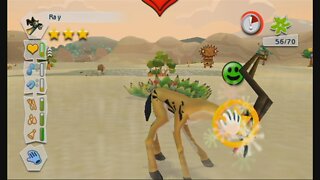 16:27
16:27
FamilyFriendlyGaming
2 years agoSim Animals Africa Episode 6
9 -
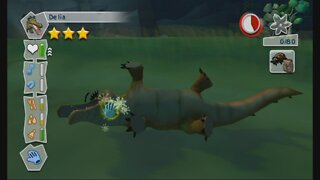 14:41
14:41
FamilyFriendlyGaming
2 years agoSim Animals Africa Episode 5
7 -
 19:31
19:31
FamilyFriendlyGaming
2 years agoSim Animals Africa Episode 4
5 -
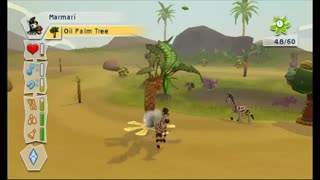 13:47
13:47
FamilyFriendlyGaming
2 years agoSim Animals Africa Episode 3
5 -
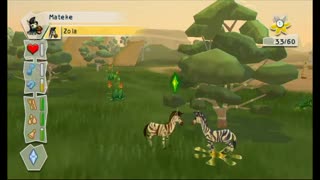 13:59
13:59
FamilyFriendlyGaming
2 years agoSim Animals Africa Episode 2
7 -
 1:07:02
1:07:02
Donald Trump Jr.
6 hours agoBiden Moves US Closer to a Military Draft, Ric Grenell Explains Why, Plus the Jack Smith Scandal You Haven’t Heard About | TRIGGERED Ep.133
28.2K45 -
 DVR
DVR
The Quartering
3 hours agoThe Bible Now Illegal In America, Another Boeing Whistleblower Disappears, Hero College Bros
13.1K21